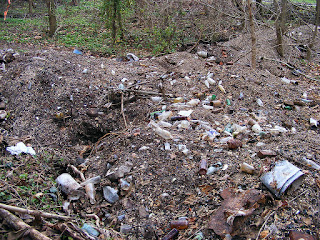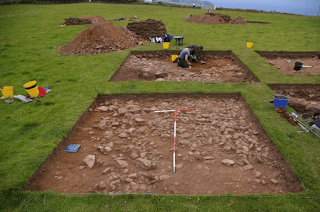1.4: About this Resource

There are a great deal of muddled messages coming out of the British archaeological establishment about collection-driven exploitation of the archaeological record (usually, inaccurately and narrowly, termed there 'metal detecting'). The British Museum has called artefact hunters 'citizen archaeologists' (e.g., British Museum 2016 Annual Review ), British newspapers tend to call them 'amateur archaeologists' (e.g., Akbar 2014, Lockhart 2017, Freeman 2020), the fashion has spread of calling all artefact hunters 'responsible detectorists' (sic), where if you go deeper into it, the term really means all and any artefact hunters that do not break the (rather liberal) laws of the land. But very few of these make any reference to how the archaeological record is treated by these people, and what archaeology is and is not. Although there is plenty of material in the literature in Britain (on paper as well as online) on these topics, because of its quanti...









